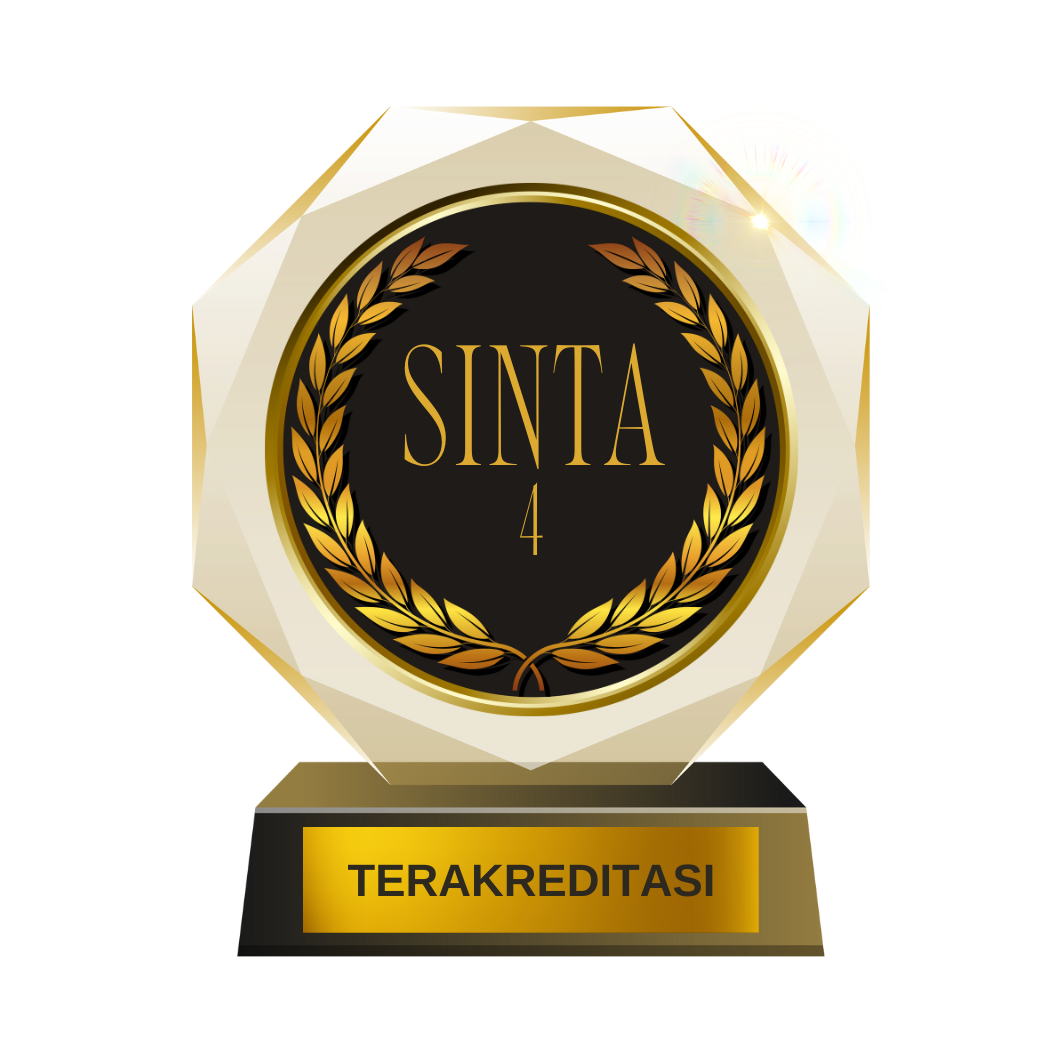Ekstraksi Ulasan Sentimen Film dari Twitter dengan Naïve Bayes pada Situs Web Media Sosial Penggemar Film
DOI:
https://doi.org/10.52985/insyst.v3i1.186Keywords:
Naive Bayes Classifier, Natural Language Processing, Rule-Based System, Sentiment AnalysisAbstract
Film dianggap sebagai bentuk seni serta merupakan sumber hiburan yang populer. Pembuatan penelitian ini diharapkan bisa membantu orang Indonesia untuk mendapatkan informasi tentang film serta membaca review dari film. Review film yang ada pada website ini didapatkan dari user-user lokal maupun dari Twitter. Sistem mengekstraksi dan mengkategorikan isi sentiment dari sebuah barisan teks tweet dengan menggunakan metodologi Basic Unified Process. Proses klasifikasi sentiment yang ada bertujuan untuk mengklasifikasi review sebagai positif/negatif. Seluruh tweet akan diproses melalui Feature Reduction dan Normalisasi. Proses Feature Reduction akan menghapus hashtag, username, link, dan tanda baca pada tweets. Pada proses Normalisasi, seluruh singkatan dan kata bukan baku pada tweets akan diganti. Penelitian ini menggunakan sistem Rule-Based dalam menentukan apakah tweet tersebut merupakan review film atau bukan. Penulis menggunakan algoritma Naïve Bayes untuk mengklasifikasi sentiment (positif/negatif) dari review. Penulis telah melakukan 8 buah pengujian, masing-masing 4 kali untuk pengujian sistem Rule-Based dan Naïve Bayes Classifier. Total data tweet yang diujicobakan adalah sebanyak 6.323, dan hasil akhir paling optimal yang didapatkan oleh sistem terhadap Rule-Based System menghasilkan akurasi sebesar 82,64% dan terhadap Naïve Bayes Classifier sebesar 74,09%. Dari hasil pengujian paling optimal ini, sistem mendapatkan nilai recall dan presisi masing-masing sebesar 71,44% dan 77,92% untuk Rule-Based System, serta 83,77% dan 77,65% untuk Naïve Bayes.
References
C. Basu, H. Hirsh, W. Cohen, and others, “Recommendation as classification: Using social and content-based information in recommendation,” in Aaai/iaai, 1998, pp. 714–720.
C. Olston, M. Najork, and others, “Foundations and Trends®in Information Retrieval,” Found. Trends®in Inf. Retr., vol. 4, no. 3, pp. 175–246, 2010.
C. De Groc, “Babouk: Focused web crawling for corpus compilation and automatic terminology extraction,” in 2011 IEEE/WIC/ACM International Conferences on Web Intelligence and Intelligent Agent Technology, 2011, vol. 1, pp. 497–498.
J. Rennie and A. McCallum, “Efficient web spidering with reinforcement learning,” 1999.
S. C. Herring, “Web content analysis: Expanding the paradigm,” in International handbook of Internet research, Springer, 2009, pp. 233–249.
H. W. Park and M. Thelwall, “Hyperlink analyses of the World Wide Web: A review,” J. Comput. Commun., vol. 8, no. 4, p. JCMC843, 2003.
S. M. Schneider and K. A. Foot, “The web as an object of study,” New media & Soc., vol. 6, no. 1, pp. 114–122, 2004.
J. A. Bernard, “Use of a rule-based system for process control,” IEEE Control Syst. Mag., vol. 8, no. 5, pp. 3–13, 1988.
E. Lembessis, “Dynamic learning behaviour of a rule-based self-organising controller.,” Queen Mary, University of London, 1984.
J. Efstathiou, “Rule-based process control using fuzzy logic,” in Approximate reasoning in intelligent systems, decision and control, Elsevier, 1987, pp. 145–158.
H. Yu and V. Hatzivassiloglou, “Towards answering opinion questions: Separating facts from opinions and identifying the polarity of opinion sentences,” in Proceedings of the 2003 conference on Empirical methods in natural language processing, 2003, pp. 129–136.
P. D. Turney, “Thumbs up or thumbs down? Semantic orientation applied to unsupervised classification of reviews,” arXiv Prepr. cs/0212032, 2002.
D. D. Lewis, “Representation and learning in information retrieval,” University of Massachusetts Amherst, 1992.
D. D. Lewis, “Naive (Bayes) at forty: The independence assumption in information retrieval,” in European conference on machine learning, 1998, pp. 4–15.
R. B.-R. U. P. Content, “Basic Unified Process: A Process for Small and Agile Projects.”
B. Pang, L. Lee, and S. Vaithyanathan, “Thumbs up? Sentiment classification using machine learning techniques,” arXiv Prepr. cs/0205070, 2002.
L. Dey, S. Chakraborty, A. Biswas, B. Bose, and S. Tiwari, “Sentiment analysis of review datasets using naive bayes and k-nn classifier,” arXiv Prepr. arXiv1610.09982, 2016.
M. Mertiya and A. Singh, “Combining naive bayes and adjective analysis for sentiment detection on Twitter,” in 2016 International Conference on Inventive Computation Technologies (ICICT), 2016, vol. 2, pp. 1–6.
L. L. Dhande and G. K. Patnaik, “Analyzing sentiment of movie review data using Naive Bayes neural classifier,” Int. J. Emerg. Trends & Technol. Comput. Sci., vol. 3, no. 4, pp. 313–320, 2014.
Downloads
Published
How to Cite
Issue
Section
License
Copyright (c) 2022 Journal of Intelligent System and Computation

This work is licensed under a Creative Commons Attribution-NonCommercial-ShareAlike 4.0 International License.








